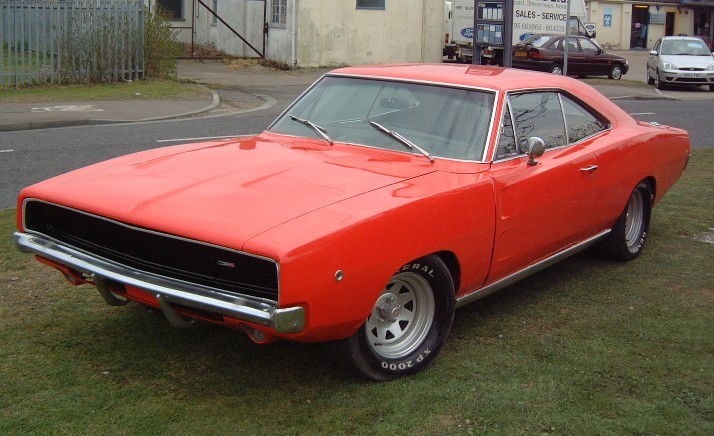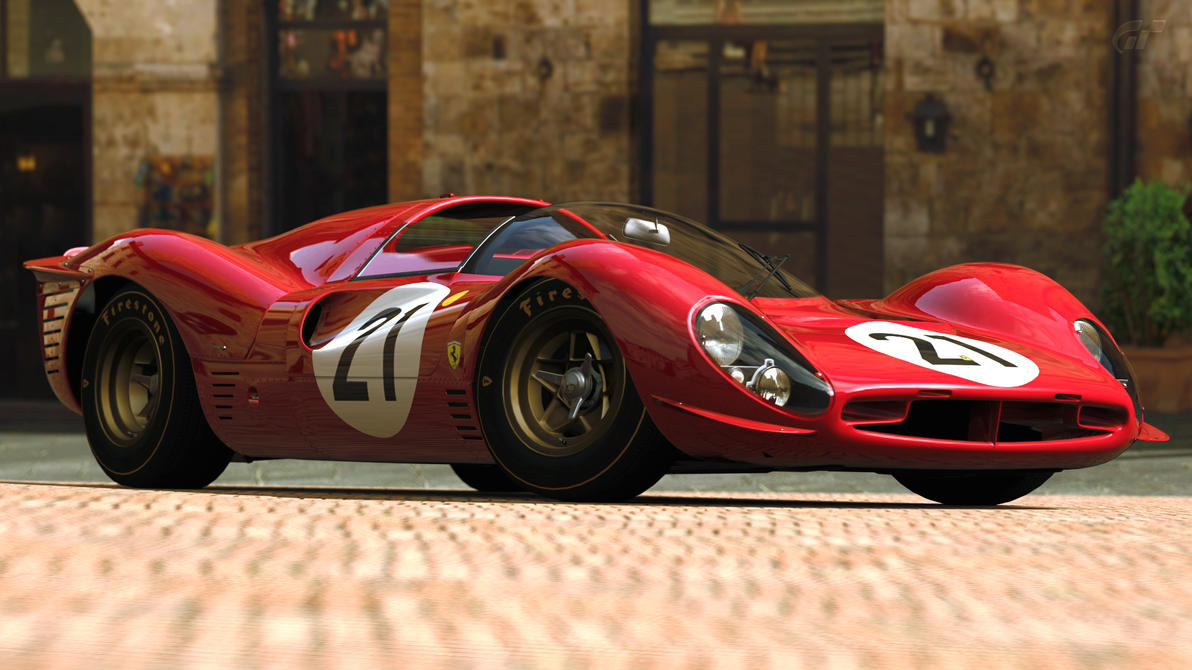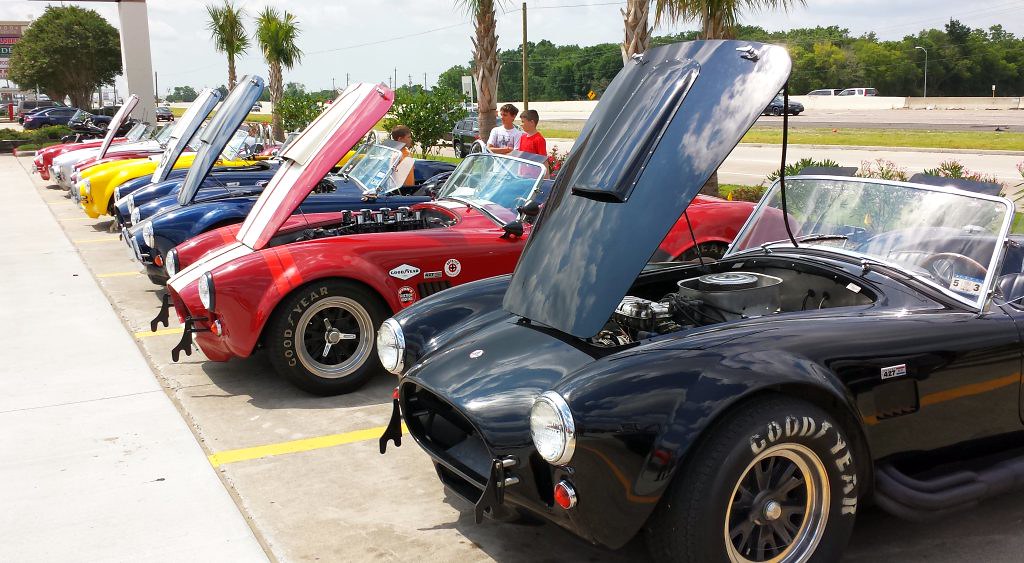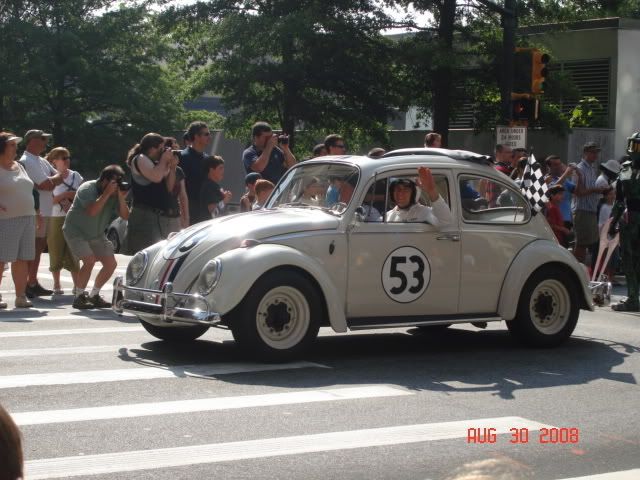I've seen one museum quality original.... and wow. when you're standing up close, the hand bent aluminum skin is something to behold. Actually not as flawless as the fiberglass replicas, but you can tell there's a whole lot of heart and soul in that metal skin. It's the closest thing we have on land to a great white shark... you're mesmerized by it's lines, it's beautiful... but really scary at the same time. Those tiny doors just make you realize that Carol Shelby has balls of brass.
Well the body and the doors had nothing to do with Mr. Shelby. It's just an AC Bristol. Shelby stuffed and engine into the body and did some tweaking.
Carroll Shelby and the Cobra[edit]
In 1962, AC was approached by
Carroll Shelby to use a small block
Ford V8 engine in the Ace chassis, producing the
AC Cobra. Shelby needed a car that could compete with the
Chevrolet Corvette in US sports car racing. The resulting Cobra was a very powerful roadster, and it is commonly blamed for the introduction of the 70 mph (110 km/h)
limit on British
motorways. While this was a major factor in the decision, after a coupe version was caught doing 196 mph (315 km/h) during a test run,
[11] a then-recent spate of accidents under foggy conditions also helped the introduction of the limit.
[12]
At the end of the 1964 racing season, the Cobra was being outclassed in sports car racing by
Ferrari. Carroll Shelby decided he needed a bigger engine. A big block Ford
FE series 390 V8 was installed in a Cobra and the result was scary—the car was virtually undrivable. It was decided that a completely new chassis was needed. With the combined help of Ford’s computers and the experience of the AC engineers, the new MKIII was born with 4-inch (100 mm) main tubes instead of 3-inch (76 mm) for the chassis, huge cross-braced shock towers and coil springs all around. This, along with a bigger 427 ci version of the FE, made the new AC Cobra MKIII an absolutely unbeatable 2,200 lb (1,000 kg) race car. Specifically, the engine that was installed in the car was Ford's famed 427 FE
NASCAR"Side-Oiler" V8, a power-house engine developing 425 bhp (317 kW) in its mildest street version. Unfortunately, the car missed
homologation for the 1965 season and was not raced by the Shelby team. However, it was raced successfully by many privateers and went on to win races all the way into the 1970s. The AC 427 Cobra, although a commercial failure when in production, has now become one of the most sought-after and replicated automobiles ever.
It was produced in two versions: a street model with a tamer motor, optional dual carburetors, a glove box, and exhaust running under the car, and a competition version with a stripped interior, no glove box, different instrument layout and revised suspension. The competition version also had a more powerful motor with only one carburetor, side exhausts, a roll bar and wider fenders to accommodate racing tires. At the end in 1966, Shelby was left with 31 unsold competition cars; he decided to sell them to the general public under the name of Cobra 427 S/C or Semi-Competition. Today these S/C cars are the most sought after models and can sell in excess of 1.5 million dollars.
Carroll Shelby sold the Cobra name to Ford in 1965 and went on to develop the famed racing
Ford GT40.
Meanwhile, AC went on producing a milder version of the 427 MK III Cobra for the European market fitted with the small block Ford motor. The car was called the AC 289 and 27 were produced.




















































